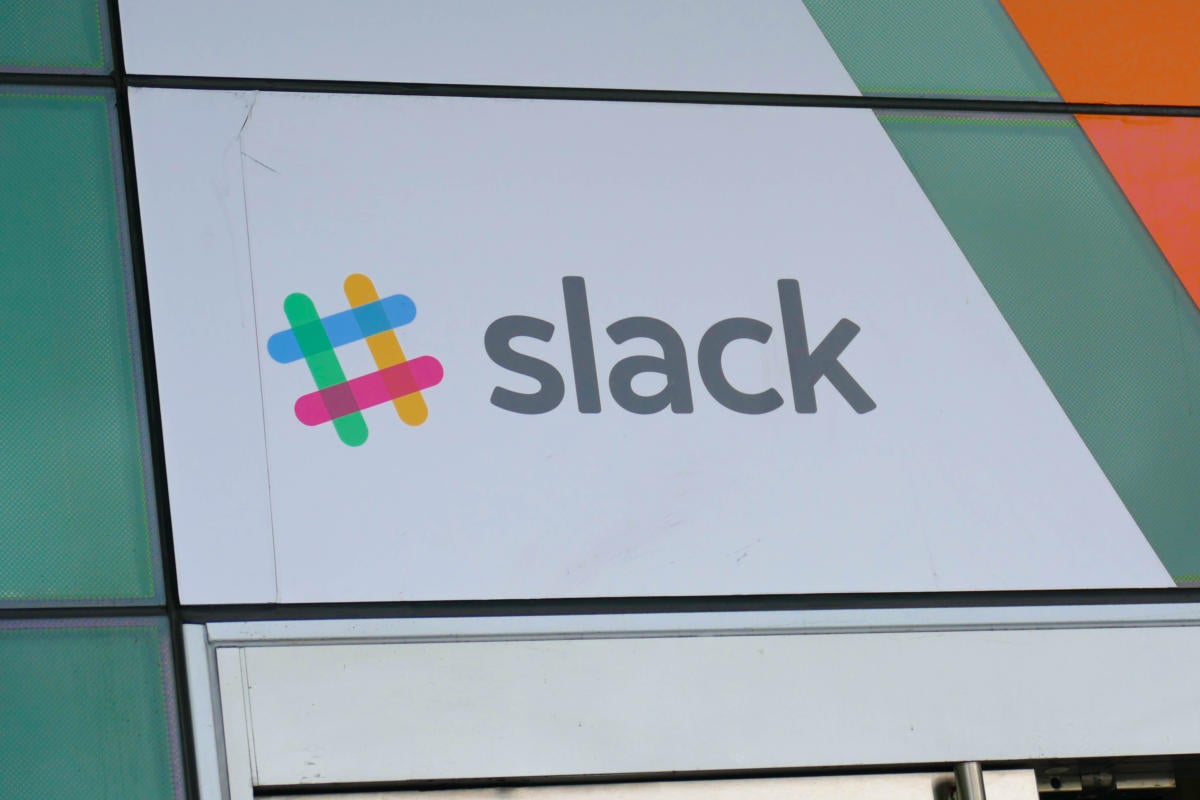What Channel Does Three's Company Come on
Slack launches shared channels to connect teams across companies
The collaboration software will also gain support for the German, French and Spanish languages, with Japanese support on the way.
![]() By
By
Senior Reporter, Computerworld |

Slack is introducing shared channels to make it easier for employees at separate companies to collaborate using its messaging software.
The service, announced at the Slack Frontiers event that kicked off in San Francisco on Tuesday, is available as an open beta release to Slack Standard and Plus subscribers.
"About two-thirds of existing customers use guest accounts in some capacity to work with individuals or other teams," said Slack product manager Sean Rose. "Shared channels make that process much smoother and much closer to how you work with your own company, using channels in your own organization."
Slack has supported guest accounts since 2014 – a feature Microsoft added to its competing Teams software just this week. But while it had been possible for separate organizations to communicate via Slack, workarounds were often required, Rose said, such as using a mix of guest accounts and email
With shared channels, users can now connect with teams in separate organizations, creating a chatroom that is accessible across both workspaces instead of adding individuals to a team on a one-off basis. Shared channels operate like any other channel, allowing members on each side to post messages, upload files and send direct messages. The shared channel can be public or private, though the latter option will not be available at the launch of the beta version.
The feature has been evaluated by Slack internally for about a year, with 45 customers piloting the service since the start of the summer. The company said that there is no firm date yet for general availability.
"Shared channels are certainly going to be of interest to large organizations," said Alan Lepofsky, vice president and principal analyst at Constellation Research, though he notes that the service is not currently available to Slack Enterprise Grid customers. (That will follow at a later date, Slack said.)
"Shared Channels is also a 1-to-1 share, meaning Company A and Company B can work together," Lepofsky said. "This is not for large-scale open communities, which is served via Guest Access accounts."
IDC Research Director Wayne Kurtzman said the introduction of shared channels addresses a growing need in the Slack community. "Collaboration within the company is so effective they want to see the same efficiencies when companies work together," said Kurtzman.
"Shared channels is different than having guest users, where someone with an e-mail address other than your company can join," he said. "Shared Channels enable a full spectrum of collaboration by sharing not only conversations, but the apps, workflows and bots that enable faster and more complete results, from a single dashboard."
Kurtzman expects inter-company collaboration to become a "standard feature" in the collaboration market, "primarily to extend the success in collaboration beyond the walls of a company."
Even so, Gartner Research Director Larry Cannell said that shared channels don't necessarily solve a new problem for users, "they just do it in a new and interesting way.
"Companies could always use Slack Teams to collaborate with people in other companies as guest users," he said. "So one way to look at this is that shared channels save the expense of creating a separate Slack team.
"With any new collaborative capability such as this, there will be some creative and perhaps unanticipated use cases that they meet. We'll have to see what emerges over time."
Slack said that shared channel users will also be able to access third-party apps as normal.
In a related announcement, Dropbox said in a blog post Tuesday that its "Dropbox Paper for Slack" integration will be available for Slack shared channel users.
"Any apps built by our developer ecosystem will work inside of shared channels," said Rose. "We are also looking forward to seeing what developers will build to handle this type of cross-company work specifically."
Slack also added support for new languages – a nod to its growing international popularity. According to the company, 55% of its nine million active users are outside the U.S.
Non-English speakers will now be able to change settings to support French, German and Spanish. Slack said Japanese will be the next language added later this year.
Admins can set language for entire teams, or individuals can change their own language settings within the application themselves.
The company also provided an update on user figures: Slack now counts more than 50,000 paid teams and two million paid users and said 43% of Fortune 100 firms are now using its collaboration tools.
Matthew Finnegan covers collaboration and other enterprise IT topics for Computerworld and is based in Sweden.
Copyright © 2017 IDG Communications, Inc.
What Channel Does Three's Company Come on
Source: https://www.computerworld.com/article/3224575/slack-launches-shared-channels-to-connect-teams-across-companies.html